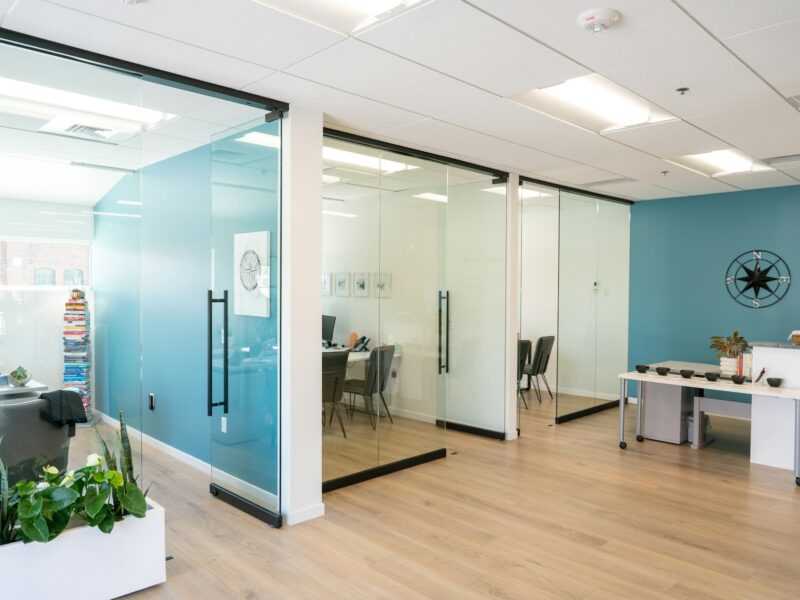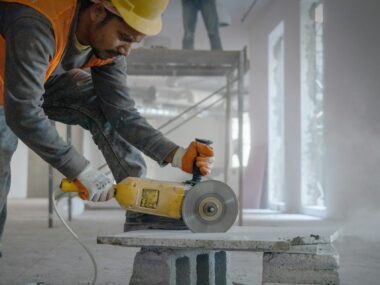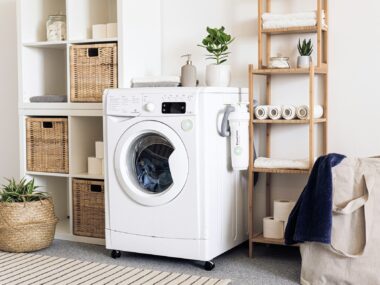Securing a facility against potential threats requires careful and strategic security planning. A critical component of this strategy is the implementation of ballistic barriers.
These systems are designed to offer protection against gunfire, providing vital defense for occupants and assets. With a wide range of ballistic barrier products available, making the right choice can seem complex.
This post will explore the key considerations for selecting the most appropriate ballistic barriers for your facility.
Understanding the different protection levels, material options, and integration requirements is essential for making an informed decision. The goal is to enhance your facility’s safety without creating an obtrusive or unwelcoming environment.
By evaluating your specific needs and the available solutions, you can implement a protective system that offers peace of mind and robust defense.
Understanding Ballistic Protection Levels
The effectiveness of a ballistic barrier is defined by its protection level, which indicates its ability to stop specific types of ammunition fired from particular firearms.
The most widely recognized standard in the United States is from UL (Underwriters Laboratories), which categorizes protection into ten distinct ballistic levels (Levels 1-10).
- Lower Levels (UL 1-3): These are designed to protect against handguns of smaller to medium calibers. They are often suitable for facilities facing a lower perceived threat level, such as retail stores or administrative offices.
- Mid-Range Levels (UL 4-5): These levels protect against high-power handguns and some rifles. They are commonly specified for government buildings, banks, and other locations with a moderate risk profile.
- Higher Levels (UL 6-8): These barriers are engineered to withstand multiple shots from high-powered assault rifles. They are typically used in high-security environments like military installations, embassies, and critical infrastructure facilities.
- Highest Levels (UL 9-10): These offer the most robust defense, capable of stopping armor-piercing rounds. Their application is usually reserved for extreme-risk scenarios.
Choosing the correct ballistic level is the foundational step in your selection process. It requires a thorough risk assessment to identify the most likely threats your facility could face.
Conducting a Threat Assessment
Before you can choose the right ballistic barrier products, you must understand the specific risks your facility faces.
A comprehensive threat assessment is a crucial part of your security planning process. This evaluation should consider several factors to determine the appropriate level of protection needed.
Key Assessment Factors
- Location and Environment: Is your facility in a high-crime area or a remote, low-traffic location? The surrounding environment can significantly influence your risk profile.
- Facility Type: The nature of your operations is a major determinant. A financial institution, for example, has different security needs than a school or a corporate headquarters.
- Asset Value: Consider the value of the assets you are protecting, which can include people, sensitive information, or valuable equipment.
- Historical Data: Review any past security incidents in your area or industry. This information can provide valuable insights into potential future threats.
A professional security consultant can help conduct a detailed assessment, providing an objective analysis of your vulnerabilities and recommending the most suitable ballistic protection levels for your needs.
Types of Ballistic Barrier Materials
Once you have determined the necessary protection level, the next step is to select the materials for your barrier.
Modern ballistic barrier products are made from a variety of materials, each with its own set of advantages in terms of performance, appearance, and cost.
Common Material Options
- Ballistic Glass and Acrylic: These transparent materials are used for windows, doors, and transaction points. They allow for clear visibility while providing protection. Ballistic glass is typically a multi-laminate composition, while acrylic is a lighter-weight alternative.
- Fiberglass Panels: Opaque fiberglass panels are often used to reinforce walls, counters, and doors. They are relatively lightweight and can be easily installed into new or existing construction.
- Steel and Aluminum: Bullet-resistant steel is one of the strongest materials available and is often used in high-security applications for door and window frames or complete wall systems. Ballistic aluminum offers a lighter-weight alternative with excellent protective qualities.
- Aramid Fibers: Materials like Kevlar® can be integrated into panels and other structures for effective, lightweight protection.
The choice of material will depend on the required ballistic level, aesthetic goals, and budget constraints for your project.
Integrating Barriers into Your Facility’s Design
Effective facility protection is not just about installing the strongest materials; it’s also about seamless integration.
Ballistic barriers should blend into your facility’s design to maintain a welcoming atmosphere while providing unseen security. A well-designed system is one that your staff and visitors may not even notice.
Design Integration Strategies
- Customization: Work with manufacturers who can customize the size, shape, and finish of barrier components to match your building’s architectural style.
- Framing Systems: Bullet-resistant frames for windows and doors are critical. The frame must have a ballistic rating equal to or greater than the glazing it holds to ensure there are no weak points.
- Discreet Reinforcement: Use opaque panels to fortify walls, desks, and other structures without altering the visible aesthetics of the space.
- Aesthetic Finishes: Many ballistic products can be finished with wood veneers, plastic laminates, or custom paint colors to match your interior design.
The goal is to create a secure environment that does not feel like a fortress. Thoughtful design integration ensures that your security measures enhance safety without compromising the user experience.
Essential Components of a Ballistic System
A comprehensive ballistic barrier system is more than just bullet-resistant glass. It’s an assembly of various components working together to create a secure enclosure. Overlooking any single element can compromise the entire system.
Key System Components
- Windows and Glazing: Transparent barriers for visibility.
- Doors: Entry points must be fortified to the same ballistic level as the surrounding walls.
- Frames: Both window and door frames are crucial for maintaining the integrity of the barrier.
- Wall Panels: Opaque panels to protect structural walls.
- Transaction Systems: Components like pass-through trays and intercoms that allow for safe interaction.
Ensure that all parts of your ballistic system are tested and certified to the same protection level to create a consistently secure barrier.
Installation and Maintenance Considerations
Proper installation is just as important as the quality of the ballistic barrier products themselves.
A poorly installed system can fail under attack, even if the materials are of the highest quality. Always use certified installers with proven experience in ballistic barrier installation.
Long-Term Care
- Regular Inspections: Periodically inspect your barrier system for any signs of wear, damage, or delamination, particularly in glazing.
- Proper Cleaning: Use manufacturer-recommended cleaning agents and methods to avoid scratching or damaging the surfaces of transparent barriers.
- Functional Checks: Regularly test moving parts, such as doors and transaction drawers, to ensure they are functioning correctly.
A maintenance plan will help preserve the integrity and appearance of your investment, ensuring it remains effective for years to come.
Secure Your Facility with Confidence
Choosing the right ballistic barrier system is a critical decision that significantly enhances your facility protection strategy.
By starting with a detailed threat assessment, selecting the appropriate ballistic levels, and choosing materials that meet both your security and design needs, you can implement a solution that offers robust protection.
Remember to consider the entire system, from windows and doors to the smallest transaction components, and ensure it is installed by certified professionals.
This comprehensive approach to security planning will provide a safe and secure environment for everyone who uses your facility.






